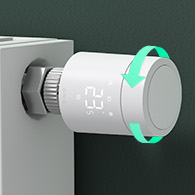As I recently wrote, I fear that in the hands of a pedantic person, it could approach 'most' in a domestic installation, since there can't be many cables in such an environment which don't ever come within one-cable's-width of some other cable.Most ?
As I said, I would hope that some common sense might be applied.
Kind Regards, John


